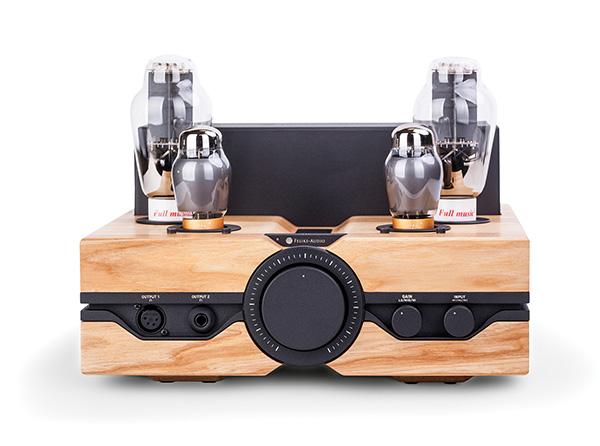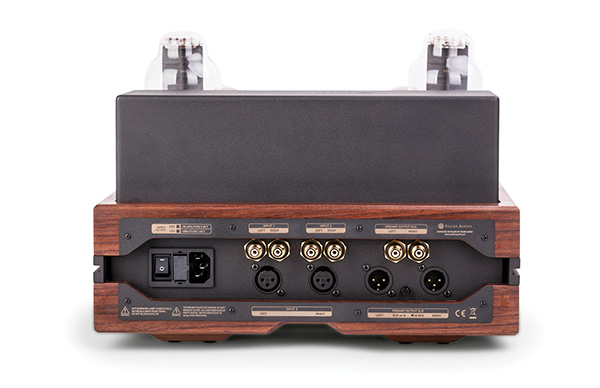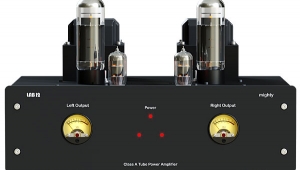| Columns Retired Columns & Blogs |
I must say, though I’m not in the market for one of these, this is a well written article.
In fact, the general quality of writing in Stereophile is notably higher than most online content out there these days,
I don’t know if it’s a generational thing, but I’ve noticed that younger writers online tend to write colloquially and grossly overuse parentheses in their articles. In some cases it makes for an almost unreadable, choppy mess, as if they’re adding the “like” three times in each sentence. Some of these people are lead editors, too.
Biggest culprits are at hodinkee and gearpatrol. Car and Driver is still okay but sliding over to that direction.
I don’t know if these people are in a hurry and pressed for deadlines, but they would do well to have someone proof their stuff for flow and readability before throwing it up there.









































